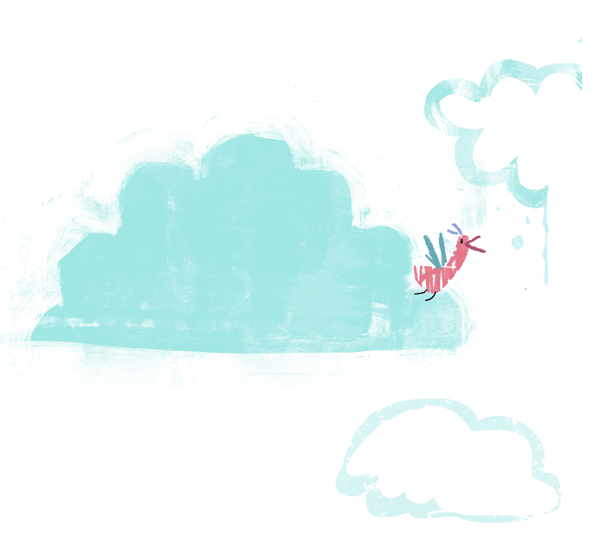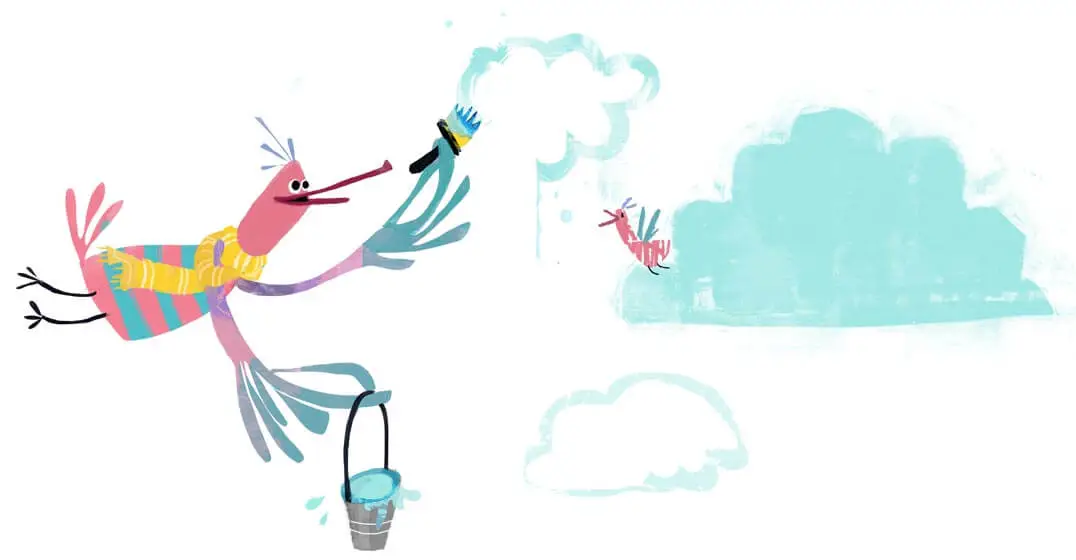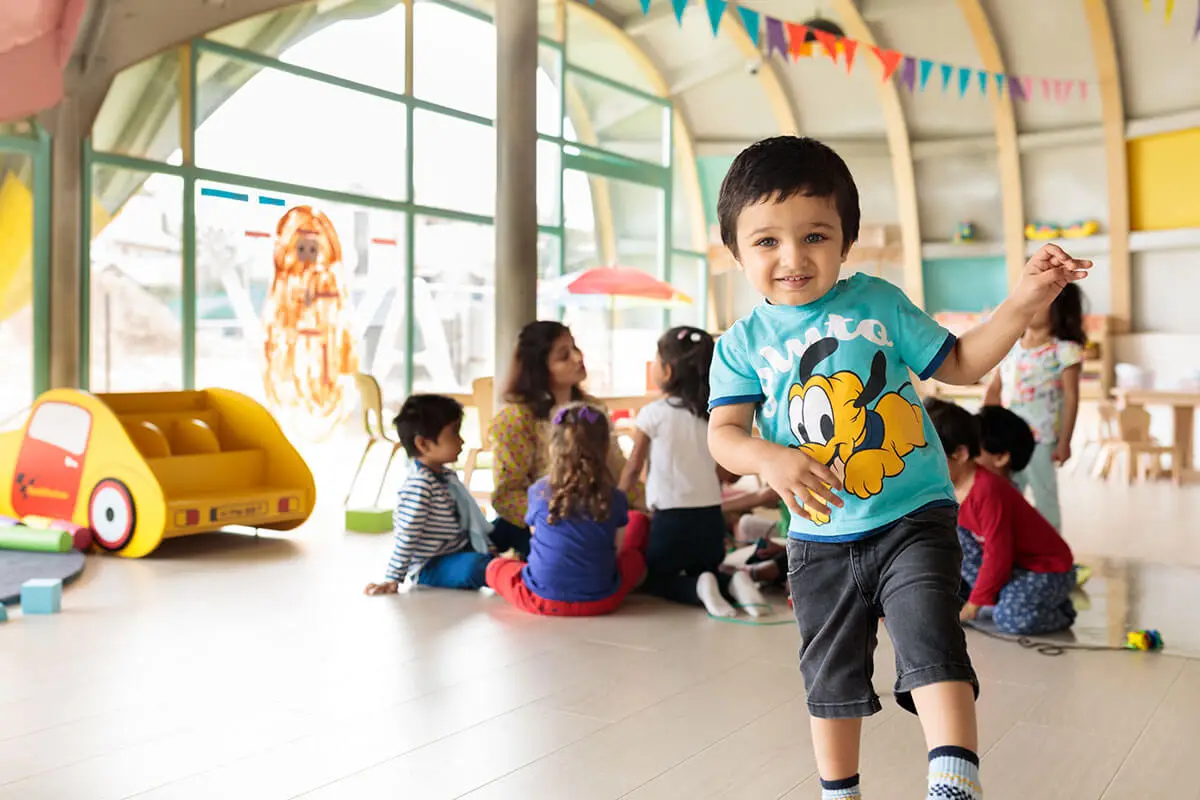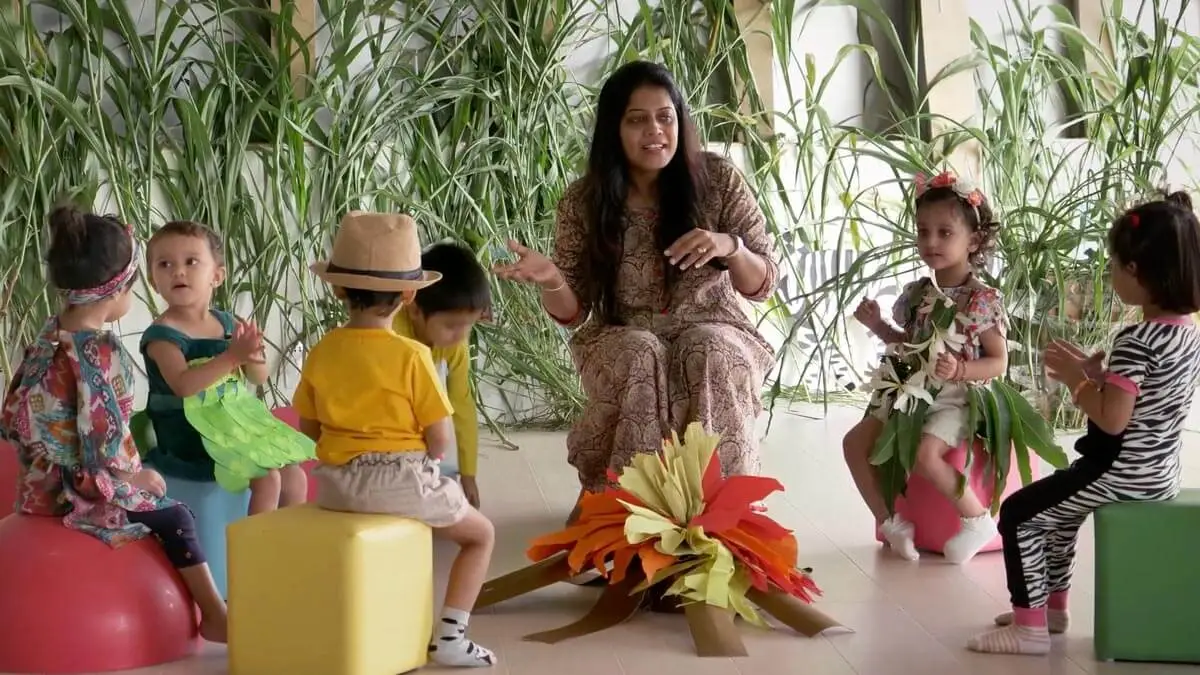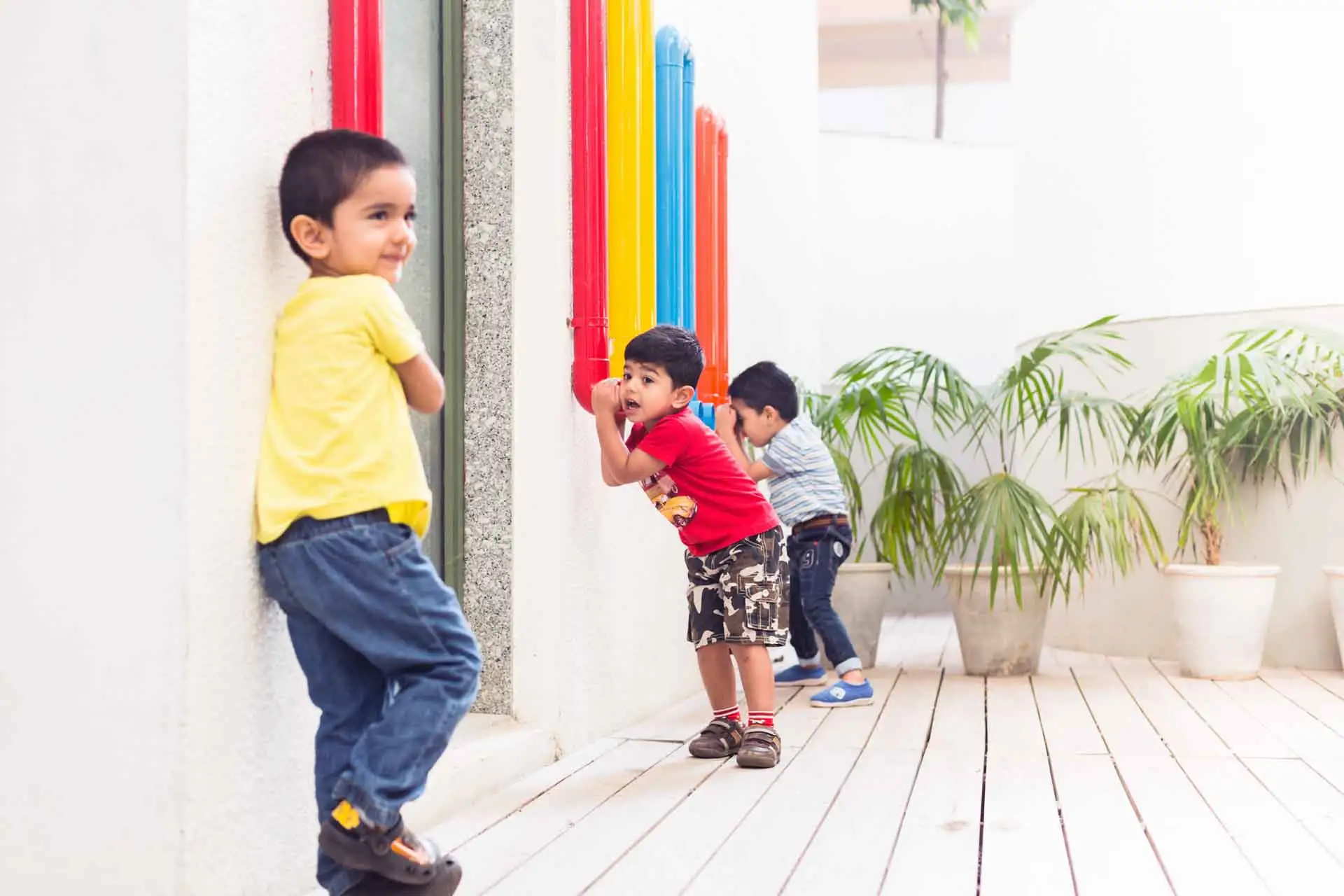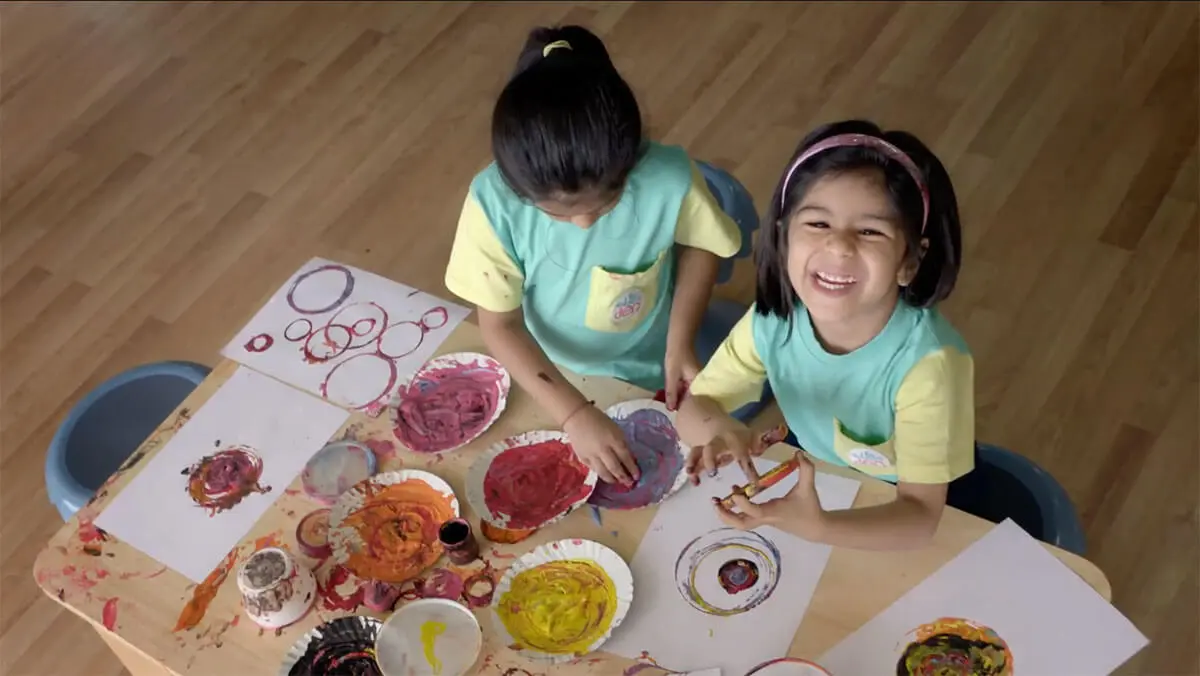A conscious, holistic approach to early childhood education
At Toddler’s Den, our team of educators, researchers, and designers has defined our own child-centred approach to preschool education. Our goal is to enable learners to construct their own meaning, to have a strong sense of identity, and to be creative, resilient, and inquiry driven citizens.
As part of our program, children are given the tools and support to steer through their own distinct paths of discovery. Our pedagogical philosophy is inspired by international best practices in early years education.
Toddler’s Den by the Numbers

27 Years
of Inspired Lifelong Learning

8:1 Ratio
Child to Educator Ratio

1200 Hours
of Annual Teacher Training

82% Educators
with Advanced Degrees

20+ Spaces
Types of Learning Spaces

800 Community
Students + Teachers + Staff
Our Schools
Toddler’s Den, Ahmedabad
Our Ahmedabad school operates out of one of the largest early-year campuses in the world.
Toddler’s Den, Mumbai
Our Mumbai school is based out of a heritage bungalow near Otter’s Club on Perry Cross Road.
Toddler’s Den, Hyderabad
Nestled amidst nature, our Hyderabad campus is spread over half an acre of the city at Banjara hills.
Our Programs
Parent Toddler
As part of our Parent-Toddler Program, toddlers along with their parents attend experiential sessions for 1.5 hours, thrice a week. The goal of our Parent-Toddler program is to provide one-on-one playtime across different learning studios for parents and infants to develop stronger bonds.
Learn MorePlay Group
Our Play Group program is designed as the first independent adventure for children. The group meets for 2.5 hours everyday and the program focuses on providing a secure and stimulating environment that encourages experiential learning through sensory, creative, social, physical, and cognitive engagements.
Learn MorePre-K
Our Pre-K Program is designed for children aged 2.5 to 3.5 years. Children spend about 4 hours at school everyday engaging in diverse activities to advance their skills in core pre-academic areas including literacy, math, and science, and in social and emotional development areas, including empathy, health, and well-being.
Learn MoreKindergarten
Our enriching Kindergarten program spans 2 years (K-1 and K-2) and follows the IB-PYP framework. Throughout the year, children explore 4 central ideas, delving into self-discovery, understanding the world, sharing our planet, and self-expression.
At our Ahmedabad campus, we also offer the option of an extended day program for our kindergarten students. This extended program includes engaging learning experiences and uninterrupted playtime providing additional opportunities for your child’s growth and development.
Learn More